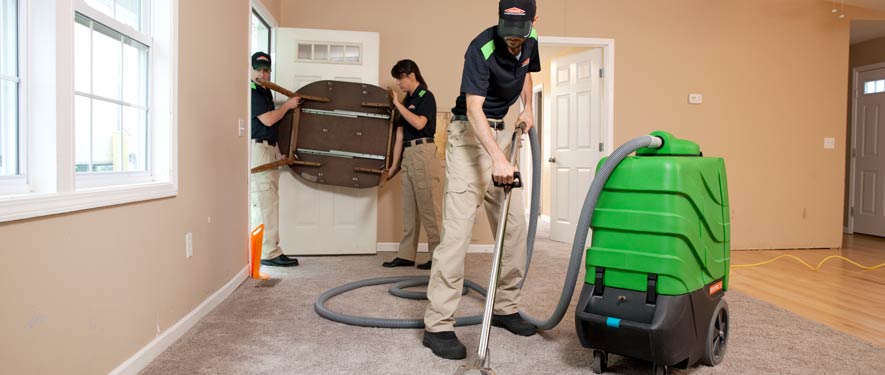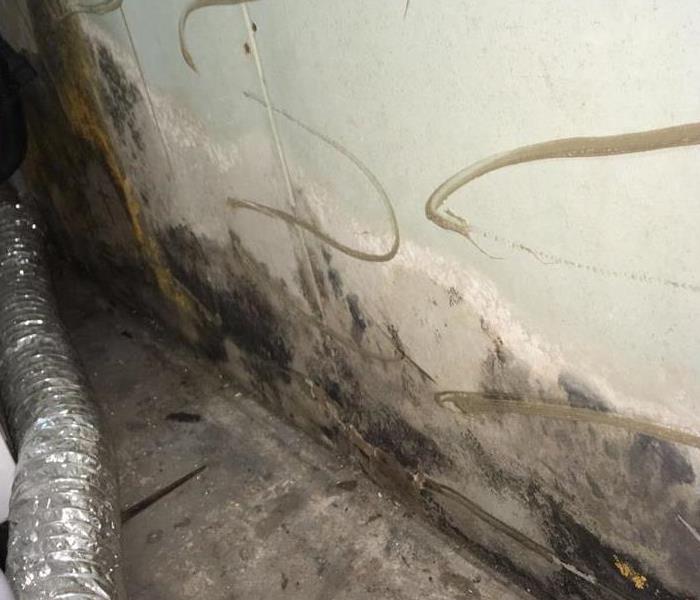
Step 3: Water Removal / Water Extraction
Once we finish the damage assessment and have a grasp on the category of damage we will determine what is the best way to remove or extract the water from the property. This step removes the majority of the water. We have many different options at our disposal in order to complete this step as quickly and efficiently as possible. For more severe water damage with hundreds to thousands of gallons of water, we may use a truck-mounted vacuum pump. These are excellent tools because they get the job done quickly. This is especially important to mitigate and stop the spread of the water damage.
Move-Out / Pack-Out
If your home requires extensive restoration or cleaning, SERVPRO of Pike/NE Monroe Counties can conduct an organized, efficient move-out to protect your belongings from further damage.
- Move-Out Service
Emergency Water Removal
Our highly trained technicians will begin the water removal process almost immediately. Depending on the amount of water, we may use powerful submersible pumps in addition to industrial strength, wet/dry vacuums. Removing most of the water helps reduce drying time and helps prevent secondary water damage and mold and bacterial growth.
- Remove Excess Water
- Use Submersible Pumps and Industrial Wet/Dry Vacuums
Inspect the Carpet Pad and Carpet
We inspect the carpet and pad and determine if they should be removed to protect the subfloor.
- Inspect Carpet Pad and Remove If Needed
- Inspect Carpet and Remove If Needed
Water Removal Equipment
- Moisture detectors, hygrometers, and other meters measure the extent of moisture saturation.
- Infrared cameras may be used to find “hidden” water behind walls and ceilings.
- Submersible and gas-powered pumps are used for continuous pumping of high-level water.
- Truck-mounted and portable extraction units perform efficient water removal.




 24/7 Emergency Service
24/7 Emergency Service



